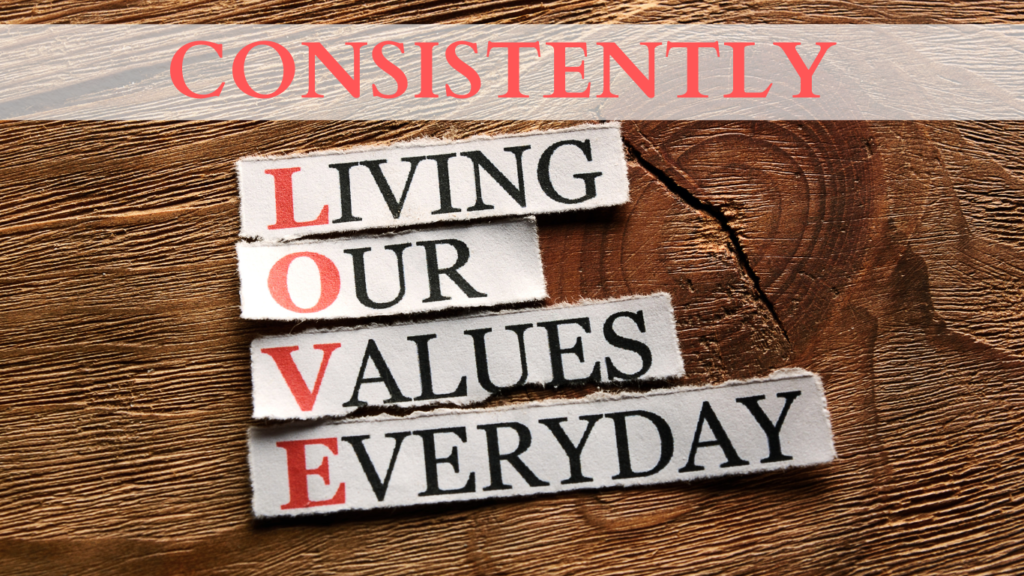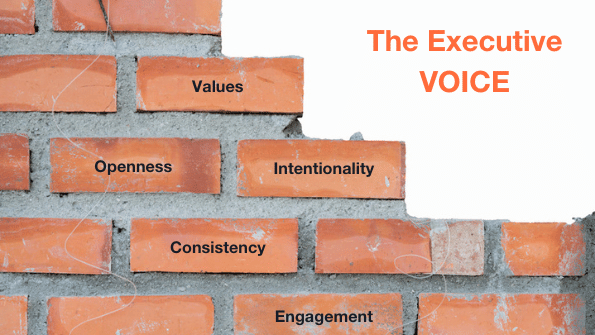
When we head to the grocery store, we expect (every time) to find our favorite yogurt and snack foods. When it is not there, we experience confusion and head to the manager to find out when or where to obtain our desire. Human nature yearns for predictability– a place to come home to, steady work, an easy commute, a great meal, etc. It’s no different in leadership, where consistency affords employees and peers knowing what to expect and the freedom to act accordingly.
“Consistency is the name of the game.” as one wise friend reminds me well, . . . consistently! Though it may be helpful to determine what game is in question. When it comes to leadership, the game is about becoming and maintaining viability as an organization. The players are of a professional nature as employees, managers, directors, and leaders.
The organization may include a board, where members recommend how people and projects in different positions could most effectively provide the greatest optimization to maintain organizational viability. This context sets the stage most effectively for implementing education to gain the desired outcome.









